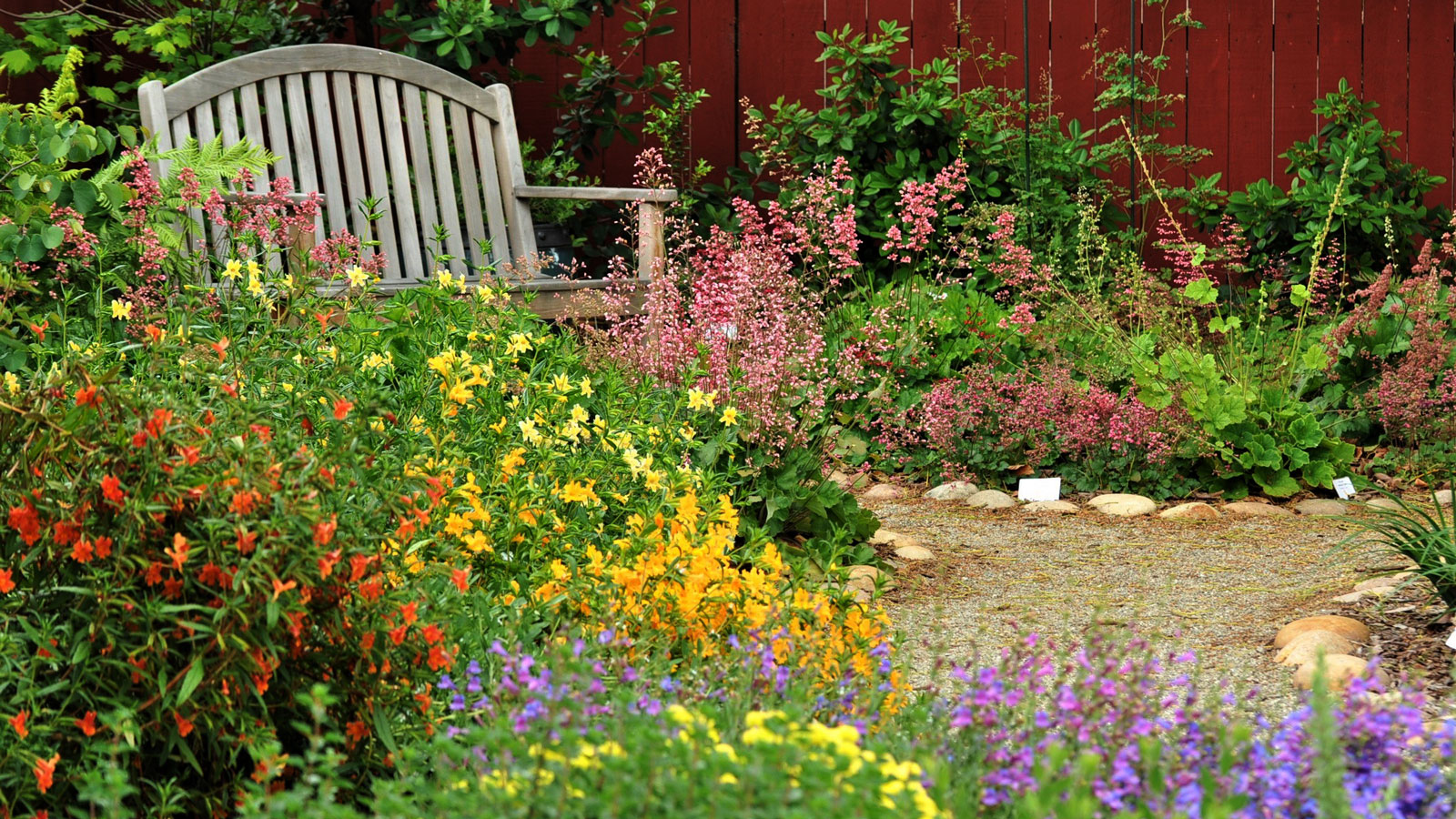How to Create a Pollinator-Friendly Garden: Step-by-Step

Imagine stepping into a garden buzzing with life—a symphony of bees, butterflies, and birds flitting from flower to flower. This isn't just a dream; it's a reality you can create in your own backyard. By crafting a pollinator-friendly garden, you're not only inviting beauty but also playing a crucial role in pollinator conservation. Let's dive into the steps to transform your garden into a thriving pollinator habitat.
Understanding Pollinator Habitats
Before we get our hands dirty, let's understand what makes a garden attractive to pollinators. Pollinators need a few key elements: food, water, shelter, and nesting sites. By providing these, you're creating a sustainable garden that supports beneficial insects and wildlife.
Why Create a Pollinator-Friendly Garden?
Pollinators are the unsung heroes of our ecosystem. Without them, many of our favorite fruits, vegetables, and flowers wouldn't exist. By creating a pollinator-friendly garden, you're contributing to pollinator conservation and promoting sustainable gardening practices.
Step 1: Choose the Right Plants
The foundation of a pollinator-friendly garden lies in the plants you choose. Opt for native plants that are well-adapted to your region. These plants are more likely to attract local pollinators and require less maintenance.
Native Plants for Pollinators
Native plants are the backbone of a wildlife-friendly garden. They provide the nectar and pollen that pollinators need to survive. For example, in North America, plants like coneflowers, milkweed, and asters are excellent choices.
 " width="250" height="250">
" width="250" height="250">Diversity is Key
Just like us, pollinators have diverse tastes. Some prefer flowers with long tubes, while others prefer flat, open flowers. Aim for a variety of shapes, sizes, and colors to attract a wide range of pollinators.
Step 2: Provide Water Sources
Pollinators need water just as much as they need food. A shallow dish filled with water and a few pebbles can serve as a watering hole for thirsty pollinators.
Creating a Bee Bath
A bee bath is a simple yet effective way to provide water. Fill a shallow dish with water and add a few pebbles or marbles to give bees a place to land. Place it in a sunny spot where bees can easily find it.
Step 3: Offer Shelter and Nesting Sites
Pollinators need places to rest and nest. Providing these elements can encourage pollinators to stick around and even raise their young in your garden.
Building Bee Hotels
Bee hotels are structures designed to provide nesting sites for solitary bees. You can buy pre-made bee hotels or build your own using materials like bamboo, wood, and paper tubes.

Leaving Dead Wood
Dead wood and brush piles can serve as shelter for various pollinators. Instead of removing dead branches, consider leaving them in a corner of your garden to provide habitat.
Step 4: Avoid Pesticides
Pesticides can be harmful to pollinators, even in small amounts. Opt for natural pest control methods to keep your garden healthy and pollinator-friendly.
Natural Pest Control
Companion planting, beneficial insects, and organic pesticides are all effective ways to control pests without harming pollinators. For example, planting marigolds can deter pests naturally.
Step 5: Maintain Your Garden
Regular maintenance is key to keeping your pollinator-friendly garden thriving. Deadhead flowers to encourage new blooms, and keep water sources clean and filled.
Seasonal Care
Different seasons require different care. In spring, focus on planting and watering. In summer, keep an eye out for pests and provide extra water. In fall, prepare your garden for winter by mulching and pruning.
Conclusion
Creating a pollinator-friendly garden is more than just a hobby; it's a commitment to pollinator conservation and sustainable gardening. By providing food, water, shelter, and nesting sites, you're creating a haven for beneficial insects and wildlife. So, why not take the first step today? Your garden—and the pollinators—will thank you.
FAQs
What are the best plants for attracting pollinators? Native plants are generally the best for attracting local pollinators. Some popular choices include coneflowers, milkweed, asters, and bee balm.
How can I provide water for pollinators? A shallow dish filled with water and a few pebbles can serve as a watering hole. Bee baths are also a great option.
What is a bee hotel? A bee hotel is a structure designed to provide nesting sites for solitary bees. It can be made from materials like bamboo, wood, and paper tubes.
Why should I avoid pesticides in my garden? Pesticides can be harmful to pollinators, even in small amounts. Opting for natural pest control methods helps keep your garden healthy and pollinator-friendly.
How do I maintain my pollinator-friendly garden? Regular maintenance includes deadheading flowers, keeping water sources clean, and providing seasonal care like mulching and pruning.
By following these steps, you'll not only create a beautiful garden but also contribute to the well-being of our essential pollinators. Happy gardening!
0 Response to "How to Create a Pollinator-Friendly Garden: Step-by-Step"
Post a Comment